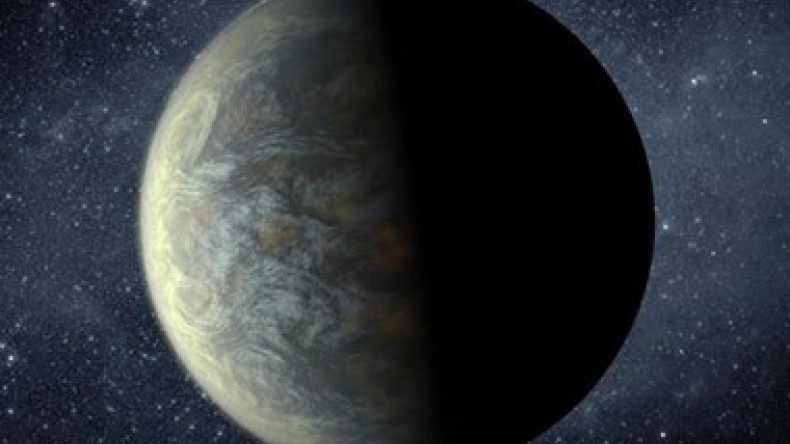
One in five suns has habitable world
Astronomers have estimated how many of the 100 billion stars in our galaxy hosts a potentially habitable planet, the BBC reports.
Using data from Nasa's Kepler space telescope, they argue that one in five stars like the Sun hosts an Earth-sized world located in the "habitable zone."
This zone is the region around a star where temperatures allow for water - a key ingredient for life - to stay liquid at the surface.
The researchers have published details in the journal PNAS.
"What this means is, when you look up at the thousands of stars in the night sky, the nearest Sun-like star with an Earth-size planet in its habitable zone is probably only 12 light years away and can be seen with the naked eye," said co-author Erik Petigura, from the University of California, Berkeley.
He added: "That is amazing."
His UC Berkeley colleague Andrew Howard said the discovery showed that planets like our own were relatively common throughout the Milky Way galaxy.
Last week, astronomers announced the discovery of an Earth-sized, rocky planet orbiting its star at a hundredth of the distance between the Earth and the Sun. Temperatures on this world would reach between 2,000C and 2,800C, with much of the dayside molten, meaning there would be little chance for life here.
But team members cautioned that even finding Earth-sized planets in the habitable - or "Goldilocks" - zones of their stars was no guarantee these worlds would be hospitable to life.
"Some may have thick atmospheres, making it so hot at the surface that DNA-like molecules would not survive," said another author, Geoff Marcy, professor of astronomy at Berkeley.
But Prof Marcy added: "Others may have rocky surfaces that could harbour liquid water suitable for living organisms.
"We don't know what range of planet types and their environments are suitable for life."
Researchers had previously combed through some 42,000 stars and discovered 600 likely planets. Of these, 10 were both Earth-sized and located at a distance that was just right for liquid water to persist on the surface.
Newsfeed
Videos






























